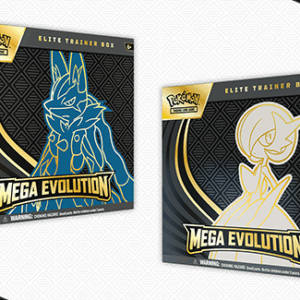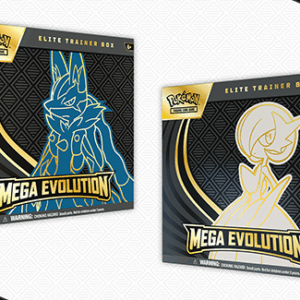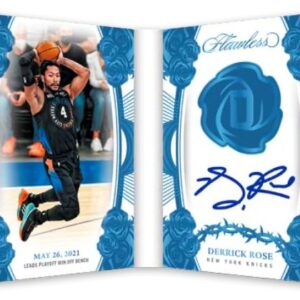In the world of sports memorabilia collecting, a remarkable and unexpected discovery has recently emerged. Tucked away in an unlikely hiding spot—a Band-Aid box—was a treasure trove of 39 cards from the extremely rare 1921 Herpolsheimer set, including nine cards that were previously unknown to collectors. These cards, which have been hidden for nearly a century, are now being unveiled in Love of the Game Auctions’ ongoing event.
The Herpolsheimer cards, issued in 1921, have long been considered some of the rarest in the world of baseball card collecting. Until now, only 105 authenticated and graded cards from this set were known to exist across both the PSA and SGC population reports. This recent find not only expands the known universe of these cards but also adds new faces to their ranks.
Al Crisafulli, the auction director at Love of the Game, couldn’t contain his excitement about the discovery. “I’ve been captivated by these cards for years,” he shared, echoing the sentiments of serious collectors who recognize the rarity and historical value of the Herpolsheimer issue.
The story behind this find is as intriguing as the cards themselves. In 2019, at an estate sale near Grand Rapids, Michigan, these cards were stumbled upon, hidden inside a Band-Aid box—a simple container holding a small fortune in paper treasures. After four years of maintaining contact with the card owner, Crisafulli finally secured these gems for auction. All the cards have since been graded by PSA and will be auctioned off individually.
One of the most notable cards found in the collection is a card featuring Babe Ruth, only the second of its kind known to exist. Given the scarcity and the legendary status of the Great Bambino, this card alone is expected to fetch a high price at auction. Other Hall of Famers such as Tris Speaker, Grover Cleveland Alexander, Rabbit Maranville, John McGraw, Red Faber, and Sam Rice are also included in this newfound collection, further highlighting its significance.
The backs of these cards are equally interesting as their fronts, showcasing advertisements for the Grand Rapids retail store’s Boy’s Fashion Shop. The discovery of additional cards not listed in the original checklist—Dave Bancroft, Johnny Evers, Harry Hooper, Stuffy McInnis, Art Nehf, Wally Schang, George Sisler, Casey Stengel, and Fred Toney—suggests that the set may be larger than previously believed, possibly comprising 78 or 79 cards instead of the initially assumed 69 or 70.
Crisafulli first learned about these cards in 2019 when the owner made a discreet inquiry on the Net54 sports card forum. The post sparked the curiosity of forum members and Crisafulli himself, who reached out and maintained contact with the owner until the cards were consigned for auction.
The backstory of the Herpolsheimer Company is as diverse and fascinating as the cards themselves. Established as a dry goods store in 1870 by William Godlove Herpolsheimer and Charles G.A. Voigt, it grew into a significant presence in Grand Rapids and beyond. Henry Herpolsheimer, followed by his son Arthur, took over the company and expanded it into furniture sales through a merger. Unfortunately, Arthur’s life was cut short, adding a somber note to the family’s history.
The store’s significance even touched national history, as Betty Bloomer, who would later become the First Lady as the wife of President Gerald R. Ford, worked there as a fashion coordinator in 1942.
The discovery of this second batch of Herpolsheimer cards challenges the narrative surrounding their distribution and importance, indicating a more widespread release than previously believed. It paints a picture of a department store that cleverly utilized the allure of baseball’s most celebrated figures to attract customers.
The Band-Aid box in which these cards were found, a metal relic from the 1930s, serves as a poignant reminder of the journey these cards have undergone—from being a promotional tool in a local store to becoming highly sought-after historical artifacts in the world of collectibles.
As the auction date approaches, these cards are poised to capture the attention and fascination of the collecting community. They offer a rare glimpse into the early days of baseball card collecting. Each card, with its faint pencil markings and signs of wear from handling, tells a unique story—a story that collectors will soon have the opportunity to continue as they become the new custodians of these precious pieces of baseball history.






